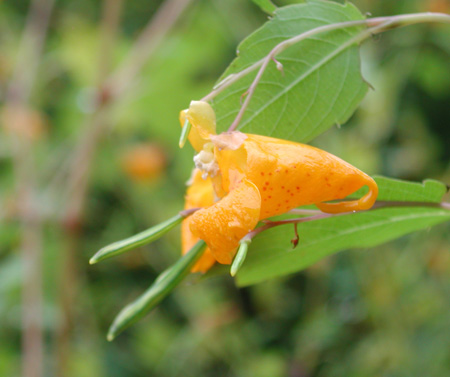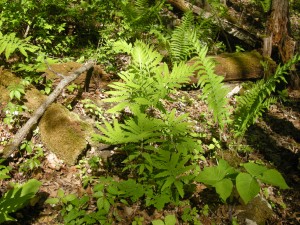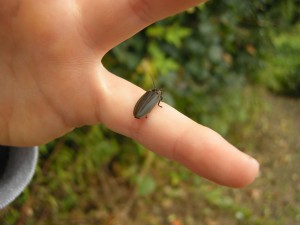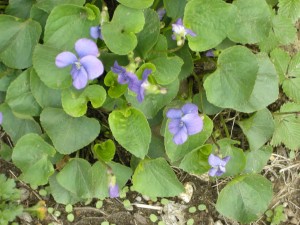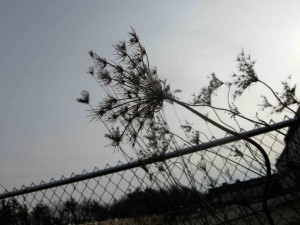Out in the wilderness ferns grow on our trail in the woods. We found a whole lot of New York ferns. They come in groups. It’s the largest group of plant. They are green with a stem and leaves. Our class saw them near trees and a marsh.
Author: abbbreen3
Firefly
Cinnamon Ferns
Violets
Blue Jay
When my partner and I went on the nature trail we saw a bird house. And guess what we saw inside it? We saw the the head of a Blue Jay. Its beak was black and its head was blue. The birds house was made out of sticks. It was really cool.
Queen Anne’s Lace
I saw a Queen Anne’s Lace on the Nature Trail. A Queen Anne’s Lace contains clusters of tiny cream-white flowers on the top. It is 1-3 feet tall. The clusters can be from 3-5 inches wide. The leaves are 2-8 inches long, and look like ferns. They can show up in dry fields and waste places. The Queen Anne’s Lace is the ancestor of the Garden Carrot. I wonder why it is called Queen Anne’s Lace?
Red Tailed Hawk
On the Nature Trail I saw a Red Tailed Hawk. From my view it looked like 1 to 2 feet long, and it was zooming out of the trees as if it was chasing its prey. Its pure white and brown feathers soared in the wind. I wish I knew what they were doing. I wonder what life is like to be a Red Tailed Hawk?
Skunk Cabbage
Skunk cabbage smells. There is a little thing inside of it where I think the smell comes from. The cabbages are purple and yellow. They are mainly in swamps. Its strong fetid odor, especially when the plant is bruised, resembles decaying flesh and lures insects that pollinate it.

Jewelweed
Jewelweeds are orange flowering plants that grow pods. If you squeeze the pods they burst open and shoot seeds. I like squeezing pods so they burst open. I like it because it feels cool. Also I found the plants further down on the path. Also another name for Jewelweed is Touch-me-not.
